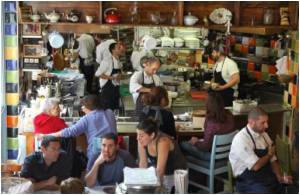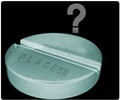An analysis of the fresh orange juice squeezed by machines in catering establishments revealed that 43$ of samples exceeded the acceptable enterobacteriaceae levels.

The team collected 190 batches of squeezed orange juice from different catering locations and analysed their microbiological content on the same day. The results reveal that 43% of the samples exceeded the enterobacteriaceae levels deemed acceptable by food regulations in Spain and Europe. Furthermore, 12% of samples exceeded mesophilic aerobic microorganism levels.
According to the data published in the Food Control Journal, the presence of Staphylococcus aureus and the Salmonella species was found in 1% and 0.5% of samples respectively.
Isabel Sospedra, one of the authors of the study warns that "generally a percentage of oranges juice is consumed immediately after squeezing but, as in many cases, it is kept unprotected in stainless steel jugs."
In fact, the scientists have found that some juices that were kept in metal jugs presented "unacceptable" levels of enterobacteriaceae in 81% of cases and in 13% of cases with regards to mesophilic aerobic bacteria. However, when the freshly squeezed juice is served in a glass, these percentages fall to 22% and 2% respectively.
As the researcher adds, "it must also be borne in mind that juicers and juicing machines have a large surface area and lots of holes and cavities. This promotes microbial contamination, which is picked up by the juice as it is being prepared."
Advertisement
Orange juice consumption is common in the catering industry due to its taste and nutritional value. This drink is known for its high content of vitamin C, carotenoids, phenolic compounds and other antioxidant substances.
Advertisement
Source-Eurekalert












